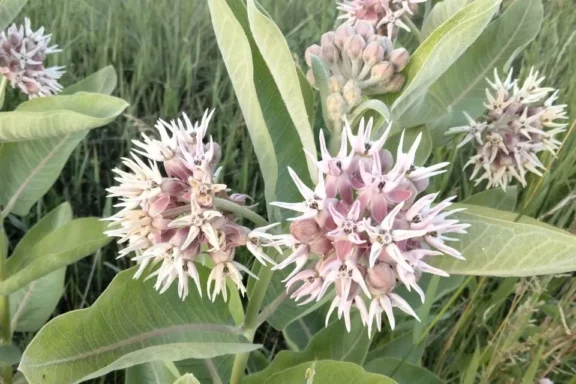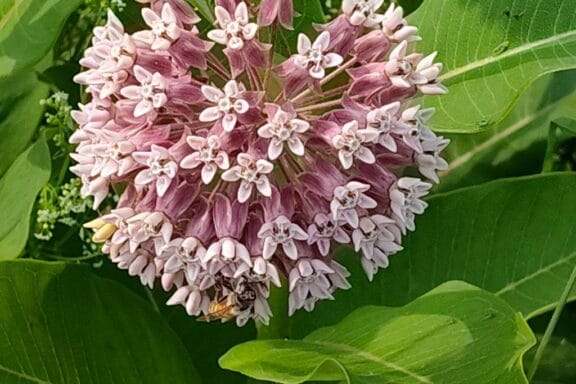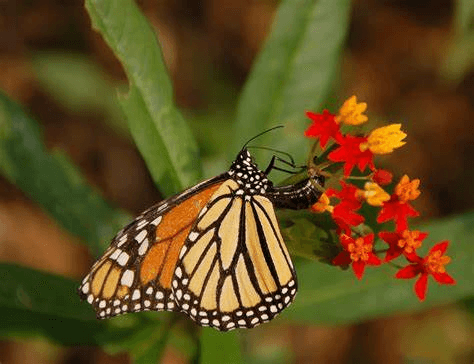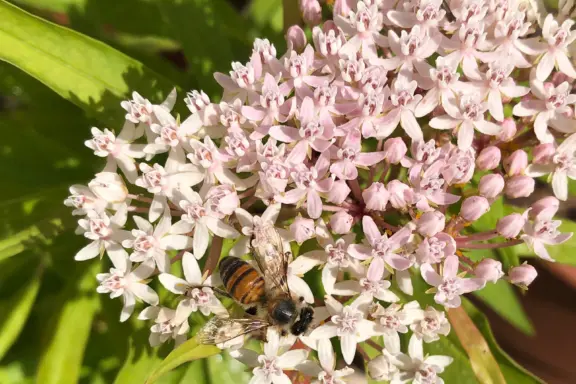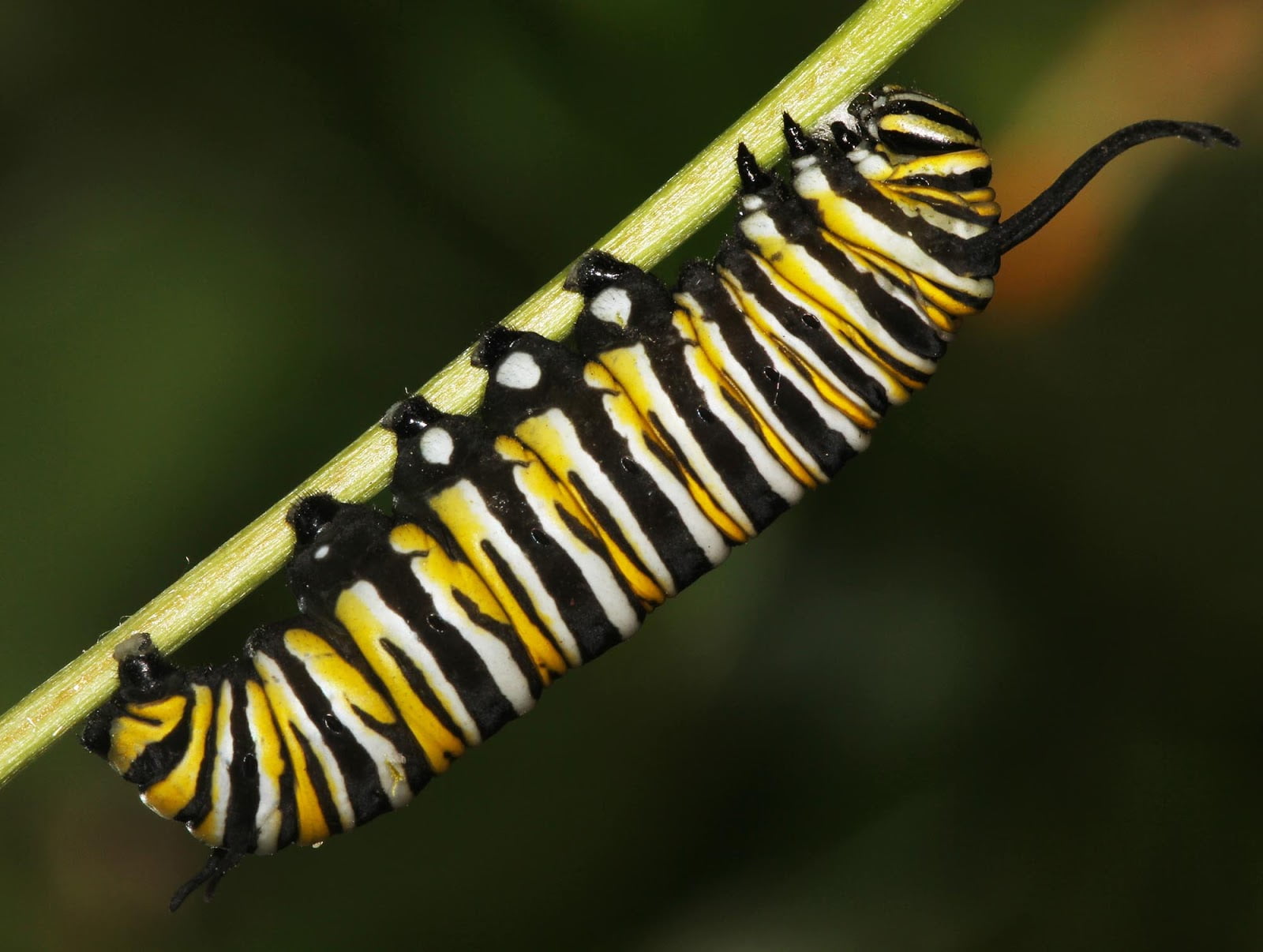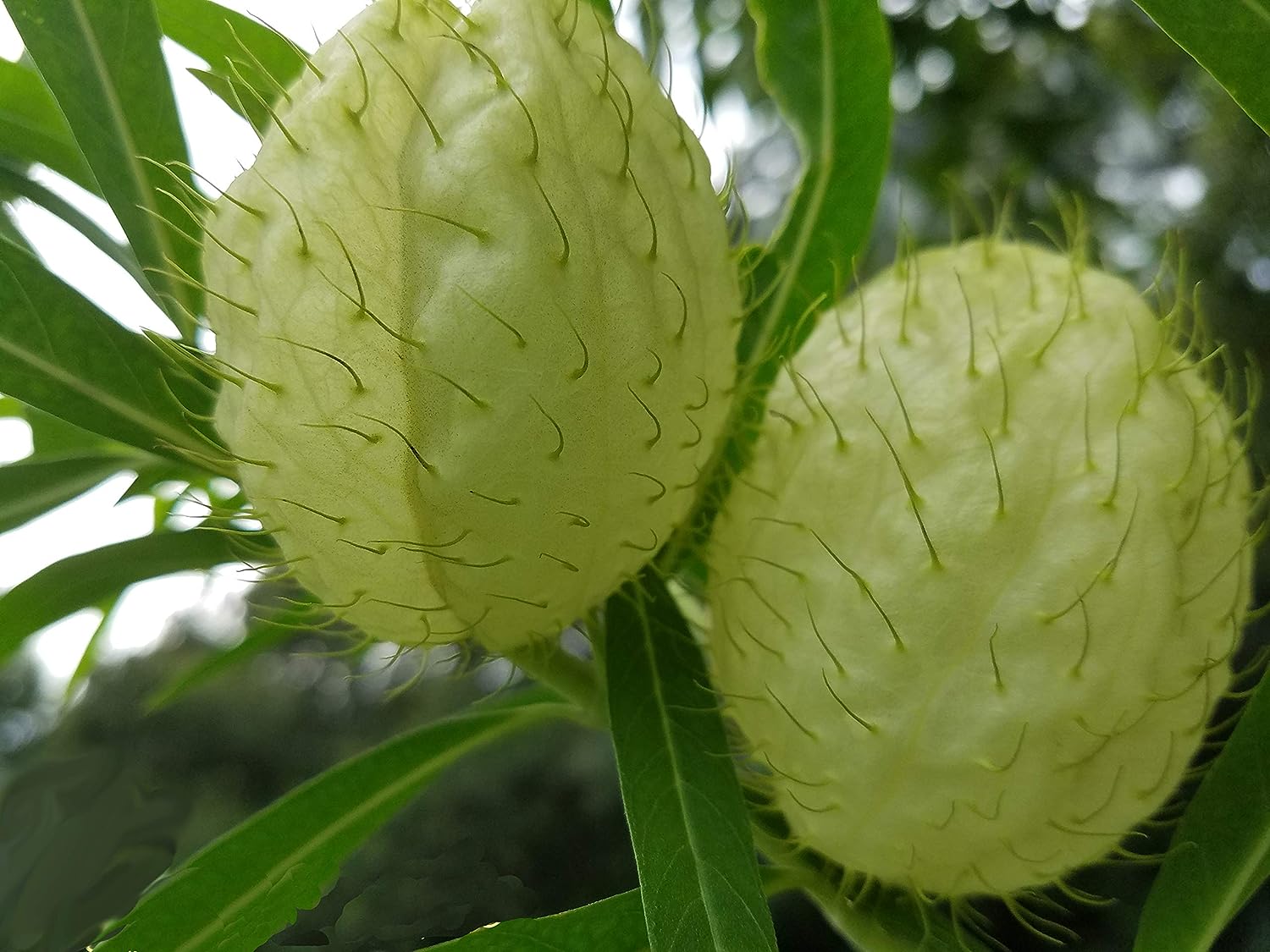Plant More Milkweed. Start with Showy.
Milkweeds (Asclepias)
Milkweeds are absolutely required by Monarch, Queen and Soldier Butterflies!
Introducing “UnCommon Milkweed” – A Monarch Superhost for Zones 3–8
At Johnny Butterflyseed, we’re thrilled to announce our newest native seed offering: UnCommon Milkweed Seeds (Asclepias syriaca) — a powerful larval host plant for the endangered Monarch Butterfly: Native to the eastern and central U.S., A. syriaca is one of the most important milkweeds for supporting Monarch caterpillars. It produces […]
The Truth About Tropical Milkweed (Asclepias curassavica): A Florida-Native Species Worth Understanding
Let’s be clear: Tropical Milkweed is indeed a Florida-native species within USDA Plant Hardiness Zones 10 and above.
Whorled Milkweed (Asclepias verticillata)
Whorled Milkweed is one of the many varieties of milkweed that are critical to the survival of the Monarch Butterfly (Danaus plexippus).
Differences Between Asclepias Incarnata and Asclepias Perennis
“White Swamp Milkweed”: A Guide by Johnny Butterflyseed As an advocate for native plants and the preservation of butterfly habitats, Johnny Butterflyseed is committed to educating enthusiasts about the various milkweed species that support monarch butterflies in Florida and throughout the U.S. Southeast. Today, we focus on two milkweed species […]
“Never Frass Uphill”: A Day in the Life of Marty the Monarch Caterpillar
Marty the Monarch Caterpillar shares some wisdom that’s been passed down from generation to generation: “Never Frass Uphill.”
The Milkweeds of Texas: Nature’s Butterfly Cafe
Milkweeds are not just another pretty plant; they’re the cornerstone of a complex ecological web. Serving as the primary host plants for the famed Monarch butterfly, these hardy perennials play a crucial role in ecosystems across the United States, including the diverse landscapes of Texas.
Hairy Balls Found Down Under!! The Milkweed That’s a Butterfly Magnet
Hairy Balls are more than just a conversation starter; they’re a butterfly haven and a testament to the weird and wonderful world of flora. Whether you’re in the southern U.S., northern Mexico, or Australia, this plant offers something for everyone—both in laughs and ecological benefits.
